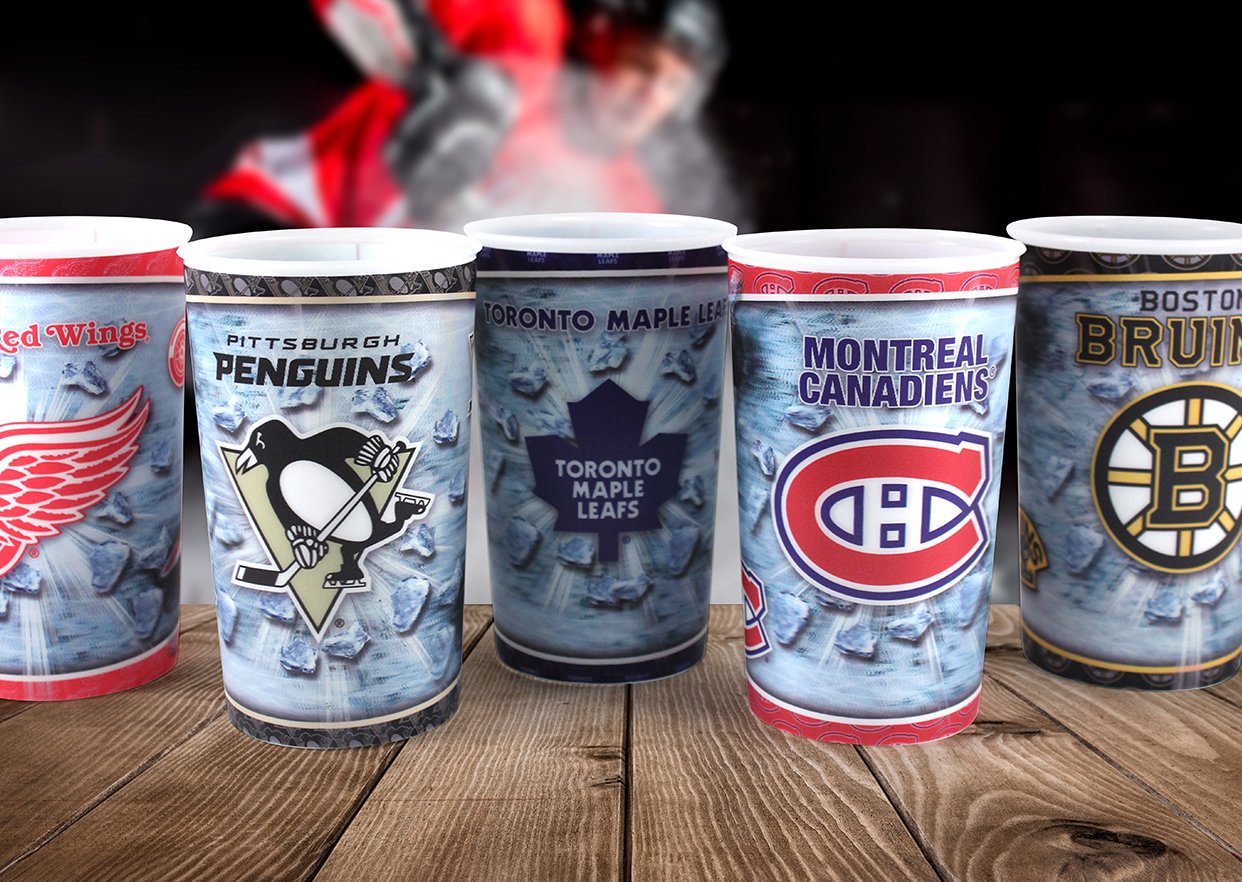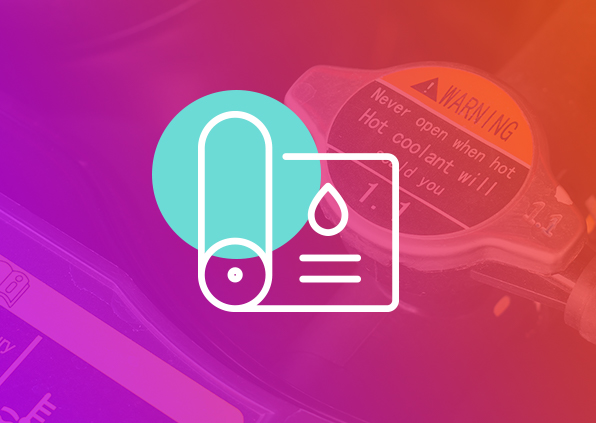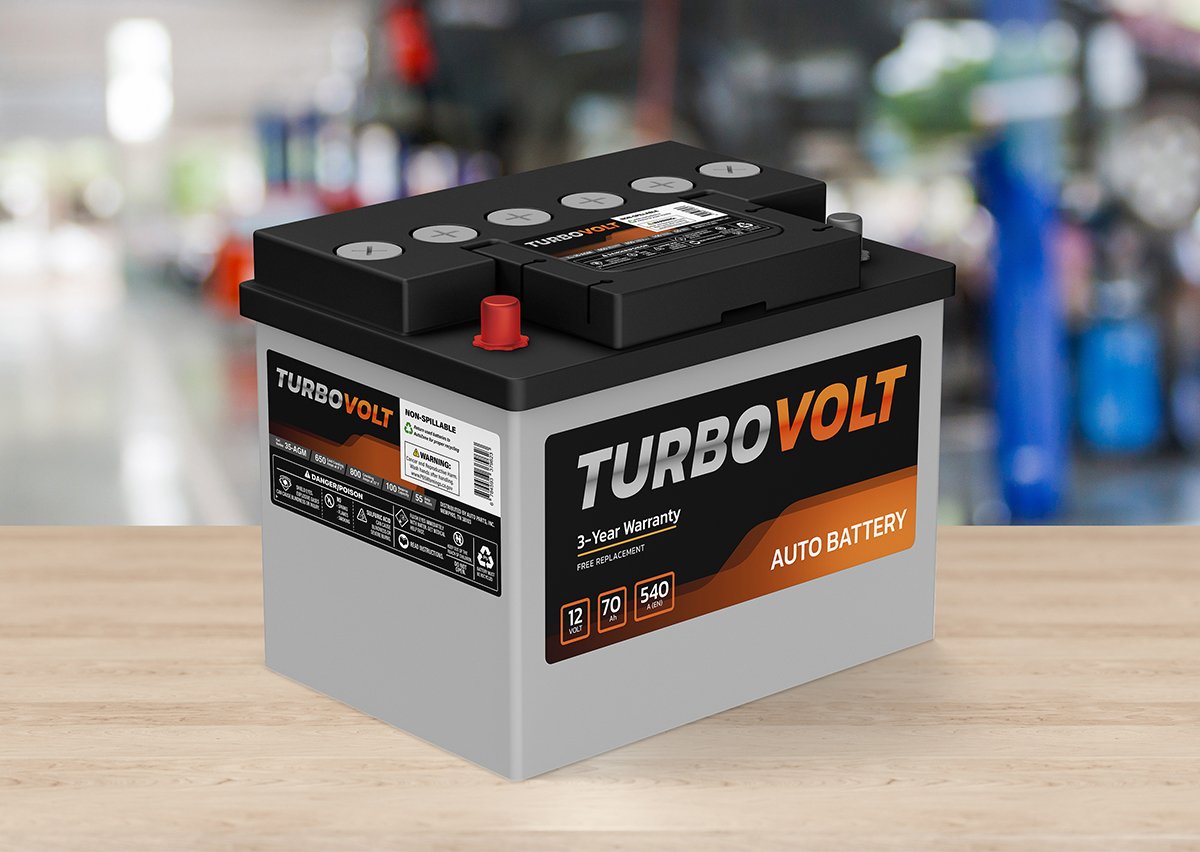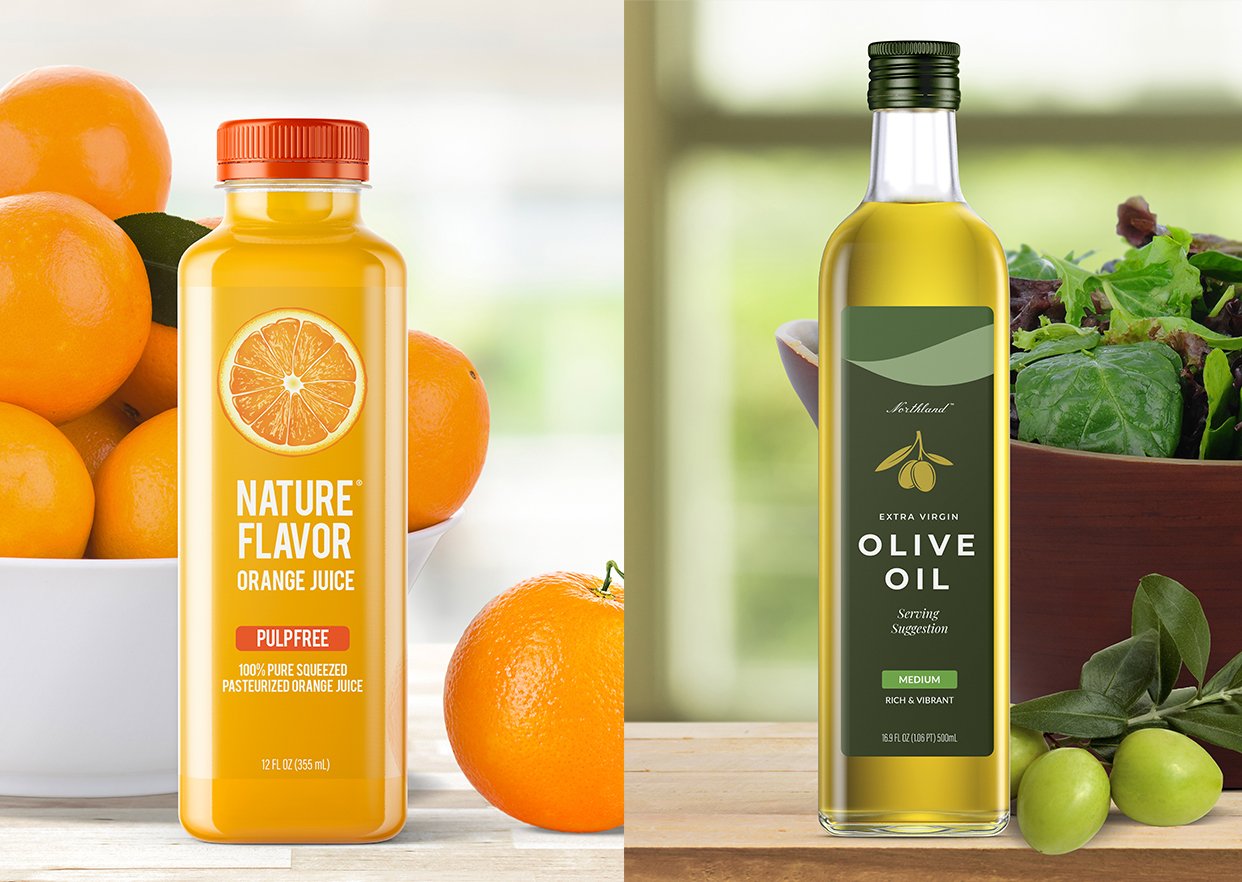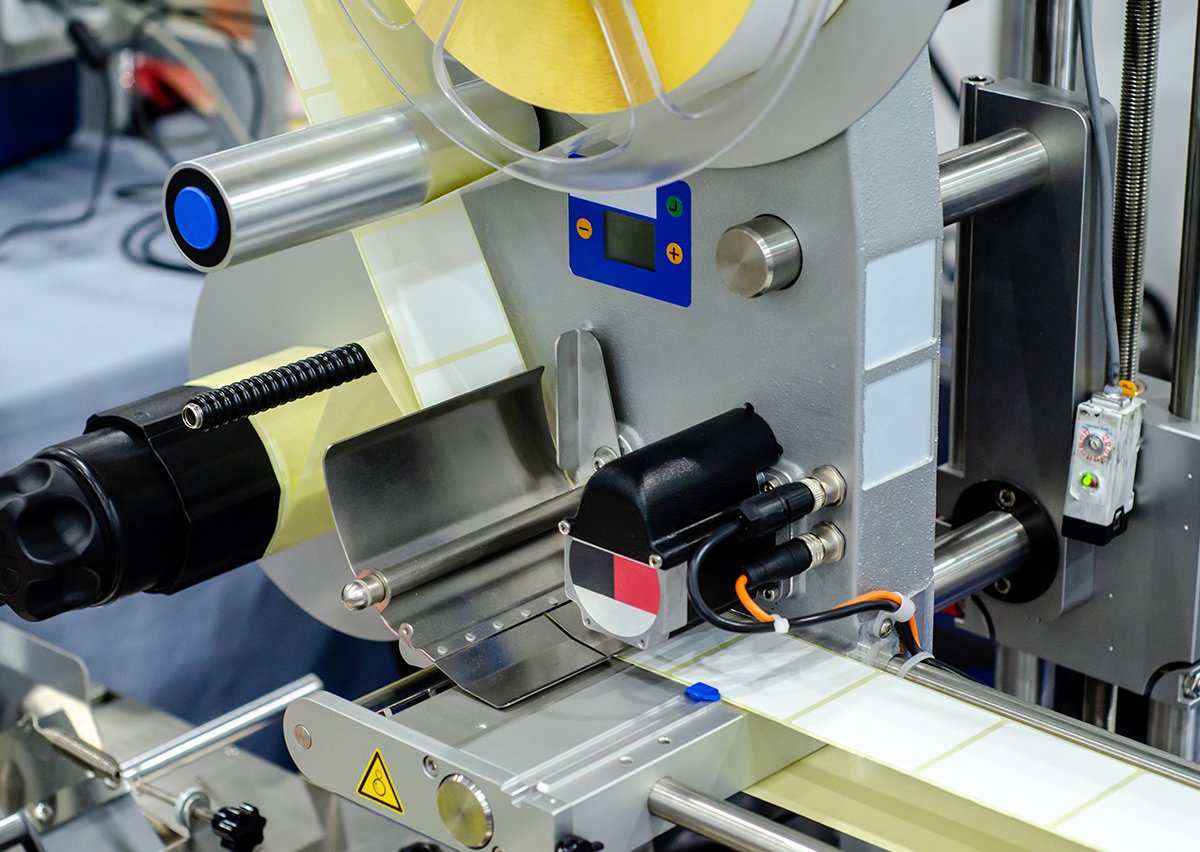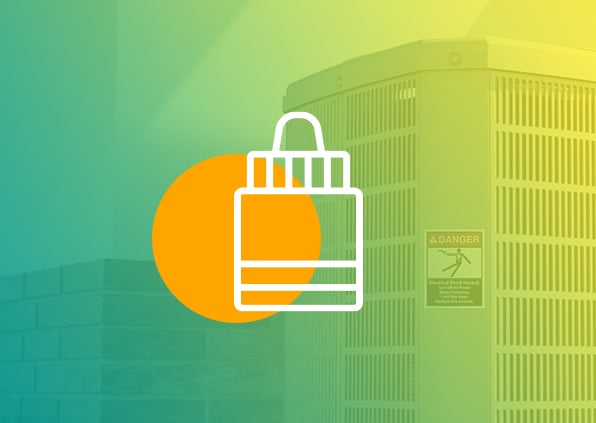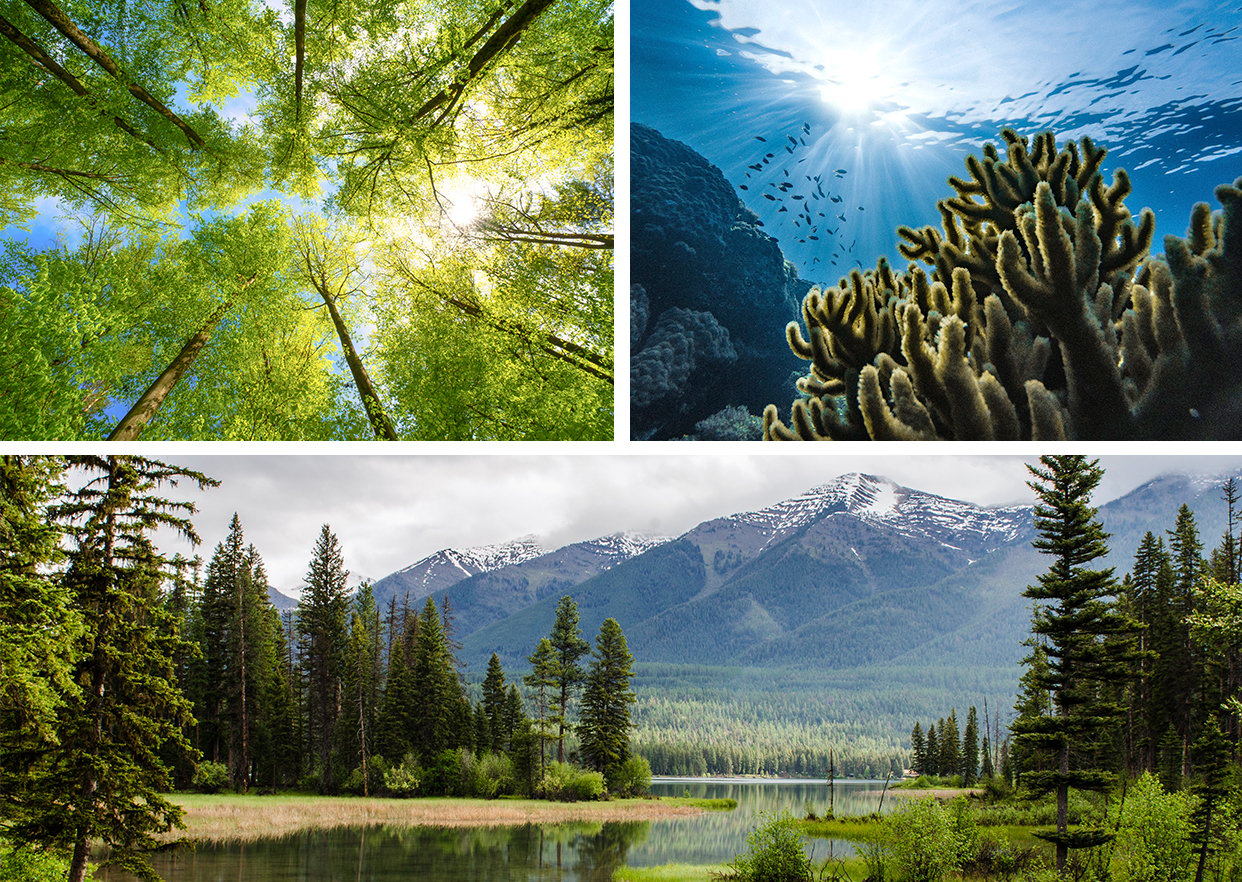Ah, summer. The weather’s hot, the grill is smoking, the pool is sparkling and the beach is calling. While many of us look forward to summer and all it represents, not everything is better in the summer. Industrial and durable labels, for example, can be adversely impacted by harsh summertime conditions.
Protecting industrial labels from heat and humidity
The extreme heat seen so far this summer has been particularly challenging for many industries that rely on labels. As you read this, manufacturers in all sectors are dealing with assembly line problems and trying to learn how to keep labels from peeling, among other issues. Below are the most common heat- and humidity-related labeling problems with suggestions for how to avoid them.
Adhesives
Most pressure-sensitive adhesives become softer as temperature and humidity increase. This softening leads to tackier edges and higher release values. Printing on labels becomes more difficult because softer adhesive can cause printer jams, adhesive build-up, and possibly damage to print heads. Adhesives with a lower minimum application temperature, like freezer grades and cold temps, are usually affected the most since they tend to be softer and more prone to oozing. Release increases significantly with high heat and humidity during summer months. This can lead to issues with dispensing. Labels can delaminate on the roll and stick to themselves, damaging the face and increasing scrap rates.
Substrates/liners
Sharp changes in humidity may result in curl to the label face. This occurs because the liner absorbs more moisture than the substrate. (Film substrate/paper liner label constructions are most susceptible to this type of problem.) Not only does this make the labels harder to apply, it may also increase label failure rates on the finished product. When it comes to the lasting harm to your brand image, potential compliance issues and even legal liability, something as simple as a bubbling or peeling label can pose an unacceptable risk to your business.
Label transportation and storage best practices
With a few precautions, you can ensure that your labels remain at peak performance during the summer months. Perhaps the largest consideration is transportation and storage. Because summer heat is a factor in most parts of the country, labels are exposed to extreme temperatures during shipping. Trailers can reach temperatures in excess of 170 degrees Fahrenheit. Non-climate-controlled warehouses will have fluctuating temperature and humidity levels. For best results, always store labels in a climate-controlled facility.
However, if climate-controlled transportation and storage are not available, follow these simple steps:
- Pack labels in bags or shrink-wrap to protect them from humidity fluctuations. The materials should be wrapped by the supplier so they’re protected during transportation and delivery.
- Store labels on the lowest possible racks in the warehouse, and do not double-stack pallets.
- Acclimatize labels before application. Allowing rolls to acclimate overnight in a climate-controlled environment significantly reduces temperature- and humidity-related issues. For best results, labels should be stored in locations that do not exceed 70 degrees Fahrenheit and 50% humidity.
Special labels require special handling and materials
Applications that may require special care include labels for frozen or refrigerated foods, heavy coat-weight adhesives, textured surfaces, and so forth. Harsh outdoor and indoor usage environments further complicate the situation and may call for something other than paper for your label substrate. There are several synthetic label substrates offering unique performance properties that could help you “beat the heat” when your product is put to use. For example:
Polyester
Polyester is durable but rigid and can typically provide two to five years of outdoor service.
Vinyl
Vinyl substrates conform well to curves and provide an outdoor service life of seven-plus years.
Polypropylene
Polypropylene is moisture resistant and temperature variable, making it popular for consumer goods like plastic soft drink containers. With a useful lifespan of approximately six months to two years, polypropylene is used for a number of indoor or short-term outdoor applications. As an added benefit, polypropylene films are typically less costly on a unit area basis than other films.
Polycarbonate
Polycarbonate is considered the top-of-the-line synthetic substrate and can last for years without fading under extended exposure to UV light while providing resistance to moisture, many chemicals and abrasion. Available in matte, gloss and satin, polycarbonate can even be embossed to create buttons. Polycarbonate films are frequently used for control panels and displays due to their durability and appearance.
Still have questions? Just ask Taylor. We’re here to help.
If you’re encountering heat and humidity problems or need help with special-care labels, feel free to ask Taylor for a little expert advice. For example, we can counsel you on the relative merits of different types of substrates and adhesives, the advantages of a climate-controlled warehouse, or provide practical tips on how to control humidity in a production environment. Sometimes small adjustments in the transportation, storage or handling can make an enormous difference in label performance. In the meantime, get back to enjoying that sunshine!


